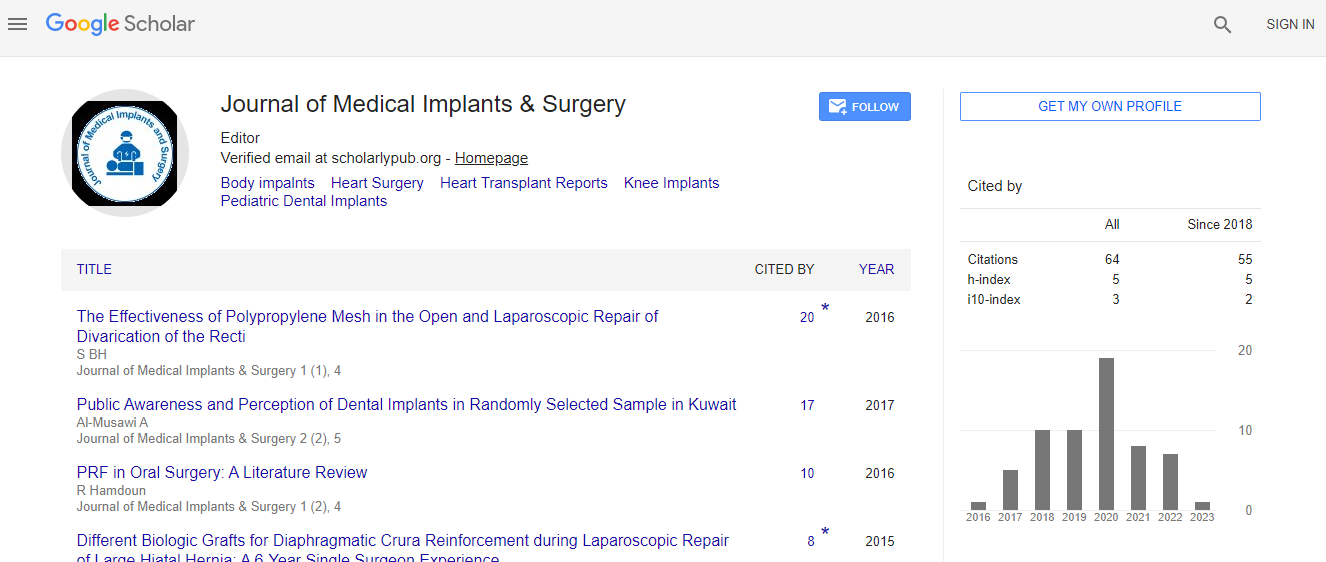Aesthetic concepts of facial beauty and application of stem cell extracts for the skin rejuvenation
Abstract
The hair is one of the distinct features of mammals. It has various functions such as secretory function, protection against external factors, impact on social and sexual interactions, thermoregulation and being a resource for stem cells. Although hair growth disorders are not life-threatening, however, they do influence on patients psychological wellbeing. That implicates massive growth in trade segment concerning hair growth disorders and hair structure improvemen.Hair is a skin’s appendage and derivative of the epidermis and consists of two distinct parts: the hair follicle, which is a complete mini-organ, and the hair shaft. The follicle is the essential unit for the generation of the hair structure. The hair shaft consists of a cortex and cuticle cells, and a medulla for some types of hairs. The hair follicle has continuous growth and rest sequence named hair cycle.It is a life-long cyclic transformation from a resting (telogen) phase to a growth (anagen) phase with the rapid proliferation of follicular keratinocytes and elongation and thickening of the hair shaft, followed by a regression (catagen) phase leading to involution of the hair follicle. The duration of rest and growth cycles coordinates by many vascular, endocrine, and neural stimuli, which cross-react during the hair cycle and depends not only on the localisation of the hair but also on various factors, like the amount of stress, age, nutritional habits, etc. Intensive knowledge of anatomical and physiological aspects of hair can contribute to understand and treat different hair disorders.

 Spanish
Spanish  Chinese
Chinese  Russian
Russian  German
German  French
French  Japanese
Japanese  Portuguese
Portuguese  Hindi
Hindi 